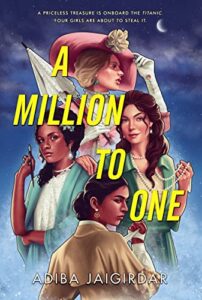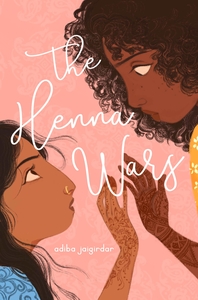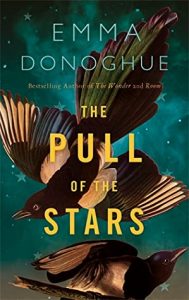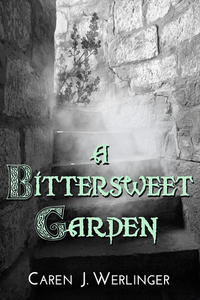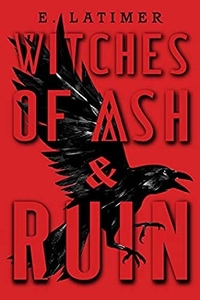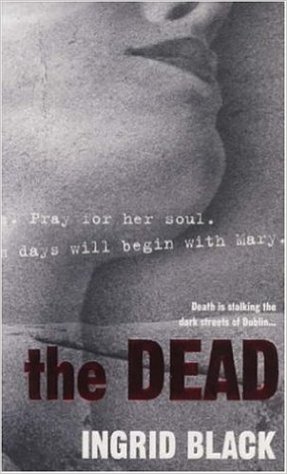Amazon Affiliate Link | Bookshop.org Affiliate Link
This is a YA sapphic heist story set on the Titanic. I’m sure most of you have already stopped reading to go add it to your wishlist, but just in case, I’ll keep going.
This is from the author of The Henna Wars and Hani and Ishu’s Guide to Fake Dating, but while there is a romantic subplot in A Million To One, it’s not the focus as it was in her previous two books. This follows four point of view characters, all of whom have their own reasons for wanting to pull off a heist that could set them up for life opportunities that have previously been unimaginable.
Josefa is the mastermind and leader of the operation. Thievery is how she gets by day-to-day, and this is the job that’s going to change anything. She wants to steal the Rubaiyat, a jewel-encrusted book being transported that is worth more than any jewelry the first class passengers are wearing. She’s already managed to steal some tickets, but she can’t pull off this heist alone.
The easy choice to join her is Violet, a friend who has helped her out on several other jobs before. Violet is a very convincing actress, making her the perfect choice to be the face of the operation. She can charm almost anyone, which will help get them out of any tight spots. In her real life, though, Violet is closed off and suspicious, especially of the much less seasoned additions to their team.
The next person Josefa recruits is Hinnah, a circus performer and contortionist. In order to steal the Rubaiyat, they need someone who can fit into tight spaces. She’s eager to walk away from her life and pursue something new, even though she’s never done anything like this before.
Emilie is the last addition to the team, and the most unlikely. She’s a painter who is feeling lost after her father died. She lives in a different world than the other three young women, making Violet suspicious of her motives and capabilities. Still, Josefa is adamant that they need someone to forge a convincing copy of the Rubaiyat to buy them time. And it doesn’t hurt that she also has a crush on Emilie and has been looking for an excuse to spend more time with her.
Each chapter begins with a countdown (3 DAYS, 7 HOURS, 25 MINUTES), because, of course, this is a Titanic story. While the characters are busy trying to pull off a heist, we know there’s something much bigger and more dangerous approaching. Meanwhile, they have to dodge the Matron suspicious of four young women travelling without an escort as they navigate their tenuous relationships with each other–including a budding romance. And they’re all keeping secrets about what really brought them to this mission.
As with Jaigirdar’s previous books, the main characters all live in Ireland. Josefa is originally from Spain, Emilie is part Haitian and part French, Violet is from Croatia, and Hinnah is from India.
I found it interesting how this diverse group in a very rich, white environment was written. Racism is mentioned in the novel, but it doesn’t play much of a role while they’re on the Titanic, and as far as I remember, homophobia isn’t mentioned at all. I can’t imagine I would have enjoyed a book that realistically describes how queer women of colour would have been treated in this situation, but it feels like this exists somewhere between an alternate history and a realistic depiction, which was a little hard to pin down for me.
If the premise intrigues you, definitely pick this one up, though of course keep in mind that it takes place on the Titanic, so you know how it will end. I sometimes felt like I wanted to spend more time with the characters and their relationships to each other, but that’s a function of the genre, I think: it’s more focused on the plot than the characters, especially with four POVs to juggle in a fairly short book.
… Did I mention this is a sapphic YA heist on the Titanic?

